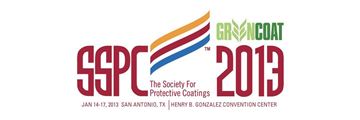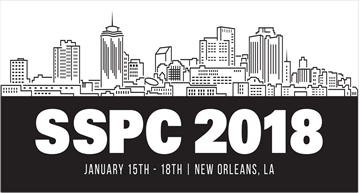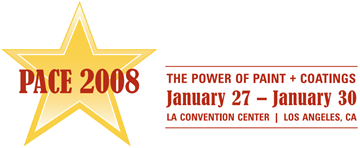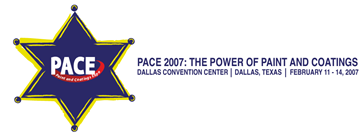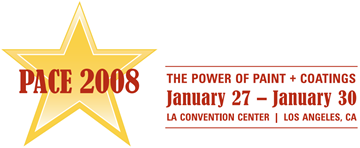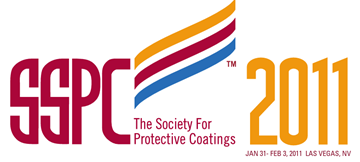Search
SSPC Conference Papers
Legacy SSPC Conference Papers
View as
Sort by
Display
per page
2-Component Polyurethane Topcoats - Formulating Variables Affecting Weathering Performance
Product Number:
41212-710-SG
Publication Date:
2012
$20.00
3rd-Party Inspection: The Good, the Bad, the Ugly
Product Number:
41213-785-SG
Publication Date:
2013
$20.00
A Value Engineered Solution…Value to Whom?
Product Number:
51218-115-SG
Publication Date:
2018
$20.00
A 20 Year Performance Evaluation of an Organic Zinc Rich Paint System
Product Number:
41208-405-SG
Publication Date:
2008
$20.00
A 30 Year Case History of Polyurethane Thick Film Coatings in Civil Engineering Applications
Product Number:
41205-194-SG
Publication Date:
2005
$20.00
A Brief of Ion Barrier Anti-Corrosion Coatings
Product Number:
41210-575-SG
Publication Date:
2010
$20.00
A Business Makeover for You and Your Business
Product Number:
41207-337-SG
Publication Date:
2007
$20.00
A Case Study in Changing Environmental Conditions and Utilizing a Urethane Concrete Moisture Control System
Product Number:
41208-447-SG
Publication Date:
2008
$20.00
A Contractor’s Overview of Fall Protection: Here’s a practical reminder about regulations and practices for protecting painters from falls
Product Number:
41211-617-SG
Publication Date:
2011
$20.00
A Discussion on Rescue/Retrieval Operations from Elevated Legged Storage Tanks
Product Number:
41206-234-SG
Publication Date:
2006
$20.00
A Fracture Mechanics Approach To Characterizing Hydrogen Embrittlement Of Fasteners
Product Number:
51321-16798-SG
Publication Date:
2021
$20.00


